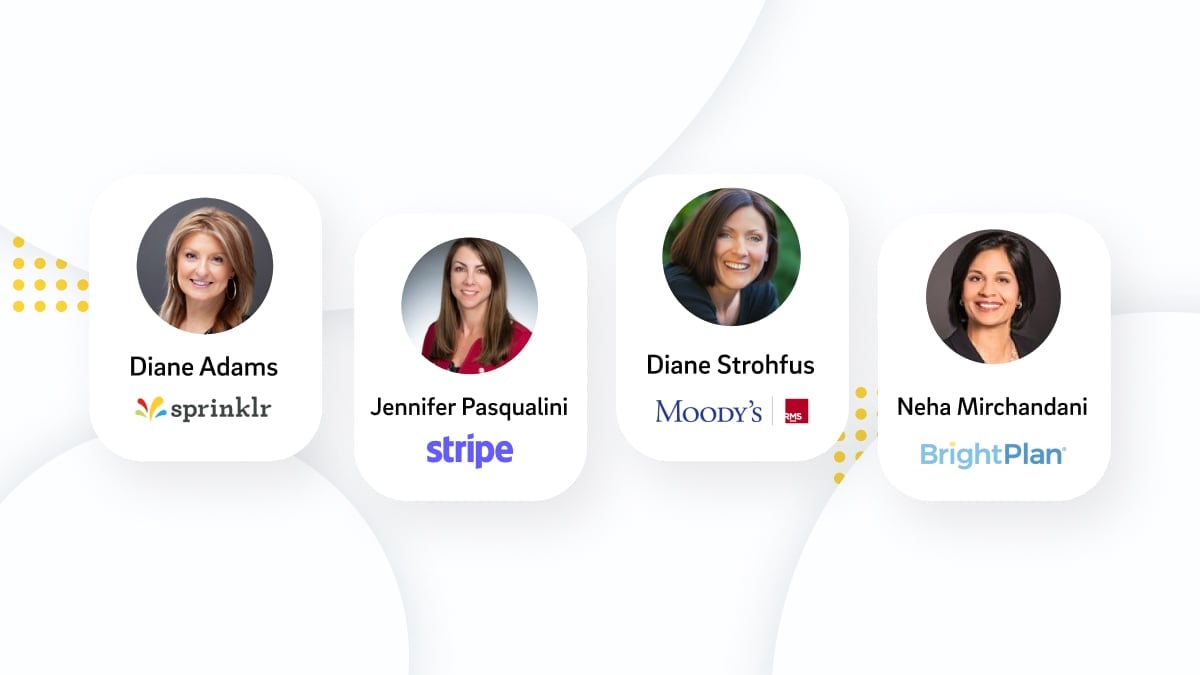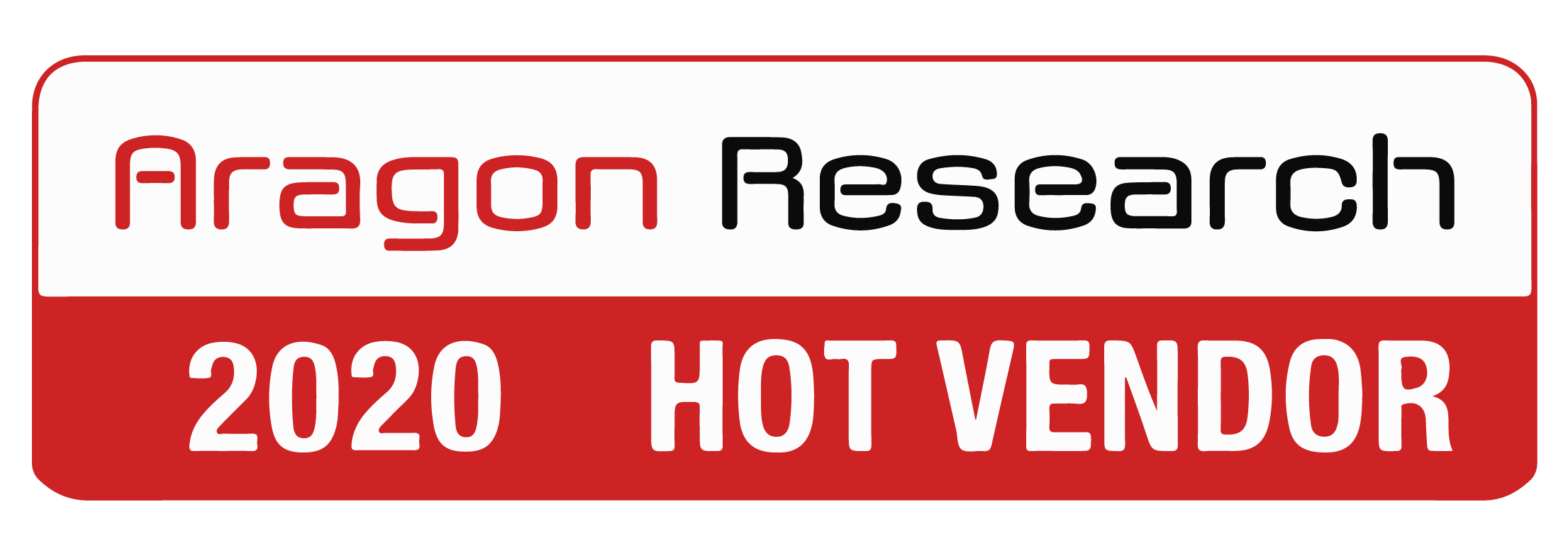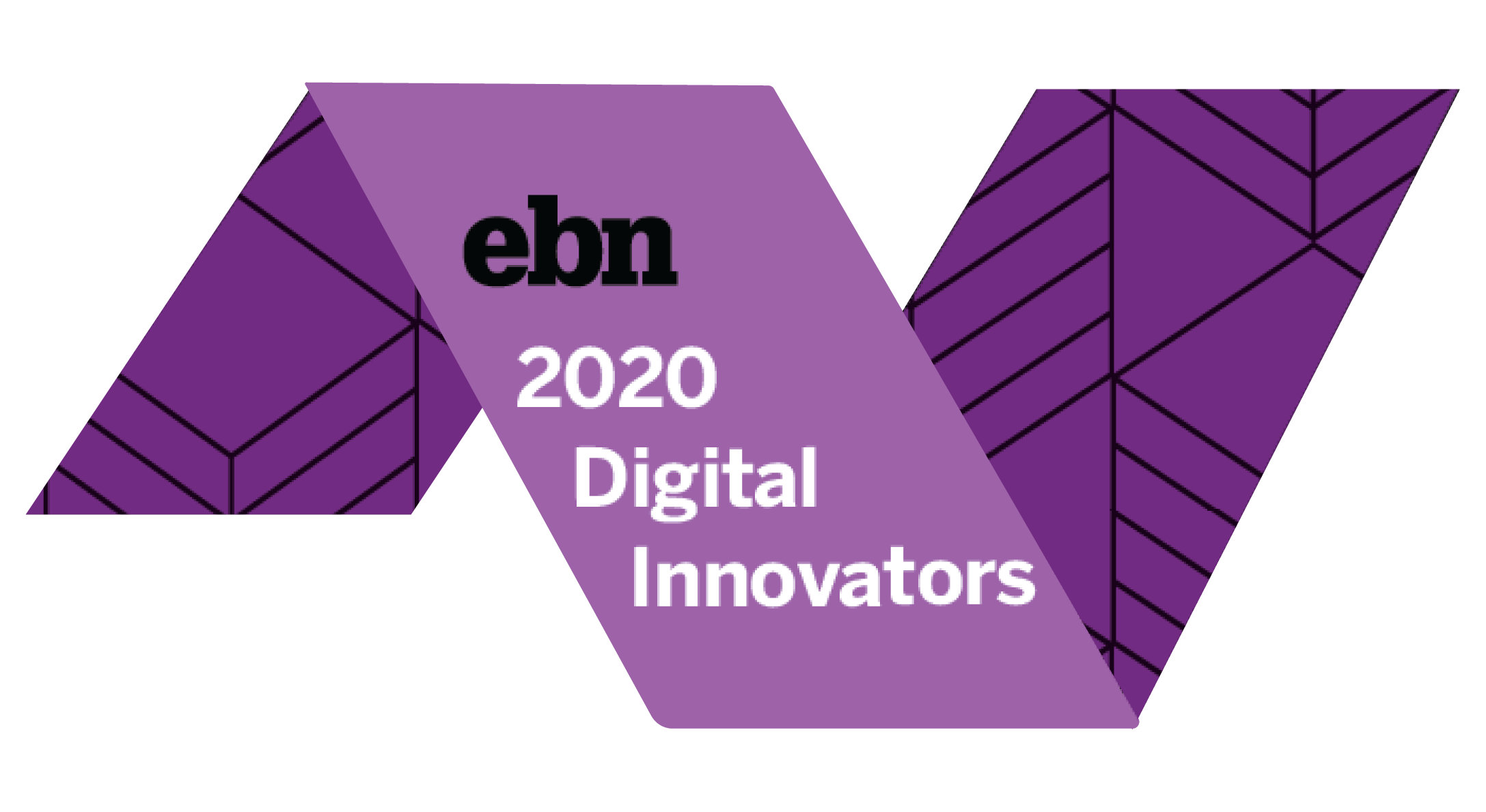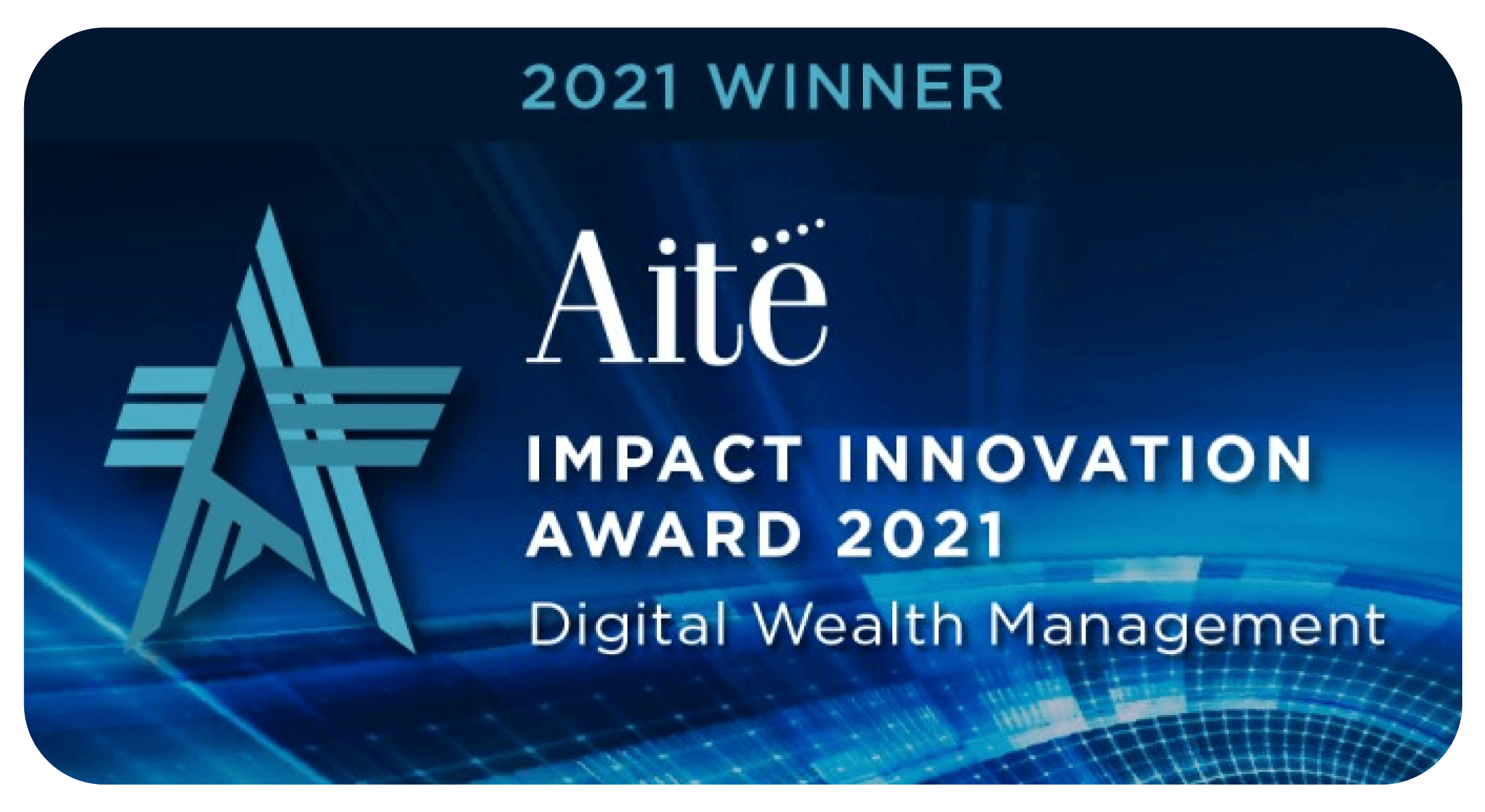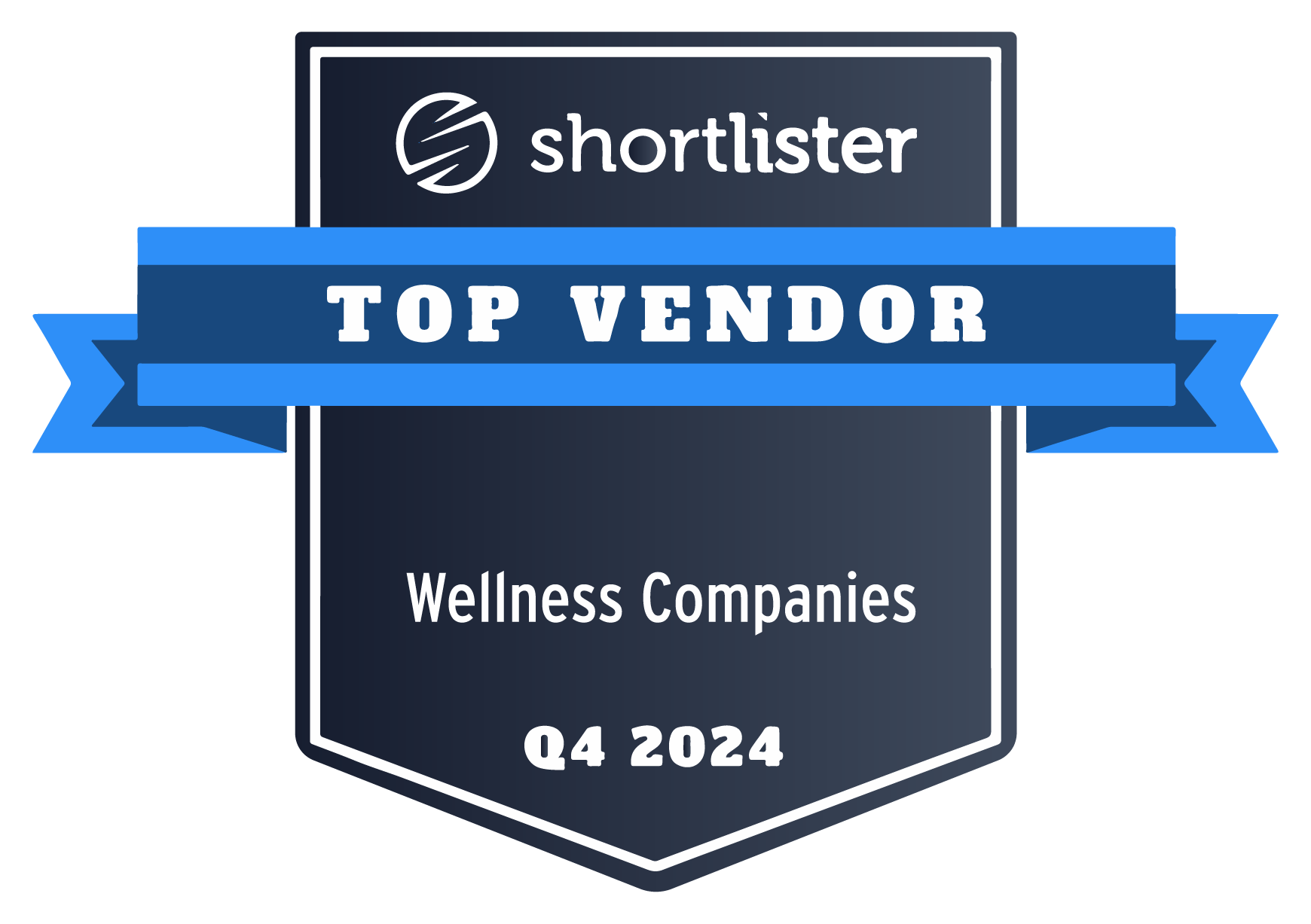Did you miss the live webinar? Watch the recording now.
Building an impactful people strategy that is rooted in supporting shifting workforce needs and business priorities is a hefty challenge for employers and HR leaders today. To truly be effective, HR teams need data. While businesses have a treasure trove of information about their workforce, they struggle to glean insights from this data that lead to clear action. In order to make informed decisions and better support their people as well as improve engagement and productivity across the business, they need concrete evidence that reveals areas of strength and gaps.
BrightPlan recently hosted a webinar on this topic, and delved into the role of data in creating an empathetic people strategy, enhancing the employee experience, and improving business outcomes – featuring HR leaders Diane Adams, Chief People Officer at Sprinklr, Jennifer Pasqualini, Head of Total Rewards at Stripe, Diane Strohfus, ex Chief People Officer at RMS, and Neha Mirchandani, CMO & Head of People at BrightPlan.
Here are some key takeaways from the session:
Financial uncertainty is increasing employee stress
To better comprehend what trends to look for in your workforce data, it’s important to understand what’s top of mind in the current market environment. We are staring down record high inflation and a possible recession. This is causing a high degree of stress for employees, particularly the younger generation who has never lived through an economic downturn. The current state of financial unrest has employers in many industries tightening their belts and becoming more cost-conscious. Consequently, we’ve recently seen the pace of layoffs accelerate, especially in the tech sector. With this, has come an uptick in job insecurity – over 50% of employees are concerned about the economy and job security.
As a result, employee experience has taken a hit. Not only are HR leaders continuing to balance the needs of a remote, hybrid and in-office workforce, many companies are going through cost efficiency or reprioritization exercises. This has some employees shouldering larger workloads (and taking on tasks they’ve never done before), impacting engagement and productivity. Employees are clearly burnt out, and employers are looking for new ways to support them all while balancing costs, leading to a hyper focus on areas that drive measurable impact for both employees and employers.
The cost to employers
The BrightPlan 2022 Wellness Barometer Survey found that 72% of employees are stressed about their finances. Financially stressed employees lose, on average, 11.4 hours every week in work engagement and productivity. Translated at a national level, the result is a loss to US employers of an estimated $4 billion in weekly productivity or $208 billion per year.*
This number doesn’t even take into account the cost of financial stress on employee turnover, absenteeism and delayed retirement.
The role of data
In order to best support their people, improve the employee experience and well-being, and drive measurable business impact, HR leaders need data. Data is the key to revealing the real-time needs of an increasingly diverse, distributed and global workforce. An annual pulse survey is no longer enough given shifting employee needs and priorities. Technology can surface real-time needs by demographic and location, and companies can leverage these insights to build targeted action plans to improve their workforces’ health and well-being.
With compensation and benefits being the largest people-related area of business spend (40-80% of gross revenue, depending on the business sector), it is critical for employers to have a very focused approach, especially in the current market environment. This will enable companies to both support their people, while saving them valuable time and money in the decision-making process as they strategically match benefits programs to the top priorities of their workforce. In fact, businesses that rely on data to make decisions are 58% more likely to beat their revenue goals than non-data-driven companies, according to Forrester Research.
Challenges with access to data
Jennifer Pasqualini shared that her team has access to a wealth of employee data – from headcount, tenure, number of open requisitions, recruiter capacity, and performance ratings to survey data on the candidate and onboarding experience, employee engagement and exiting employee sentiment. The challenge is that the data comes from multiple disparate systems. Diane Strohfus concurred and noted that she often has to piece together data from various sources, and then overlay various data points with demographic data to truly understand what the data is telling her. “This is an art, and a science. And analyzing the data to create a cohesive story isn’t a skill we have readily available on our People teams,” she said.
Drawing actionable insights
Accessing the data is one thing, drawing actionable insights from the data is another. Neha Mirchandani shared some examples of how data and insights can lead to specific actions. For instance, if your employees are not engaging with benefits, the data can help you uncover whether there is a communication problem or whether employees simply are not interested in particular benefits. If employees aren’t using the benefits provided to them, employers can reallocate resources and dollars to the benefits employees want and need the most, or adjust their communication strategy to better drive engagement.
Diane Adams shared a process her team implemented that gives them real-time data direct from their people – and is a strong differentiator for their business. They have a quarterly process known as the Employee Delight Assurance Program (EDAP). Leaders ask their team “how happy are you on a scale from 1-10?” and “what recommendations do you have to increase your happiness?” The company then takes all the data that their employees share in order to define the top three care-abouts for their workforce per quarter. They then work with leaders and managers to create action plans at the individual and company-wide levels. Diane noted, “This EDAP process and data allows our people to see a direct correlation between their recommendations and us taking clear action.”
Benchmarking your data
Looking at your data and the insights it surfaces is key, but it’s also important to look at your data in the context of others in your industry from a benchmarking perspective. This is where strategic partners can be very helpful. Solution providers and brokers have their “ears to the ground” — they see what is working and what isn’t across various companies and employee populations and can provide valuable benchmarking data and insights for all phases of the benefits cycle.
Measuring the impact
At the end of the day, you need the assurance that your efforts are resulting in tangible ROI for your employees and your business. Let’s look at BrightPlan as a use case for how leveraging workforce data can drive meaningful business impact.
BrightPlan provides aggregated and anonymized data on retirement readiness, financial goal progress, savings rates, debt load and other financial well-being indicators. Our team works closely with HR organizations to analyze the data and advise on the best plan of action to improve employees’ financial well-being. Depending on customer goals and objectives, the impact may be a reduction in turnover, decrease in absenteeism, on-time retirement, and vendor consolidation – all of which are critical to the bottom line. In fact, 68% of BrightPlan users report feeling confident about their financial future.1 This increased financial confidence, results in reduced employee stress, increased employee well-being, and productivity. Additionally, BrightPlan customers see a 55% increase in retention over the national average.2
Data is critical to redefining how employers support their people’s needs by giving them the power to be proactive. With the real time insights data surfaces, business leaders can build targeted action plans to improve their workforces’ health and well-being while driving strong business outcomes.
For more insights on enhancing your people strategy through data, watch the webinar recording.
Sources:
1. All BrightPlan user statistics are based on aggregated BrightPlan user data.
2. Based on BrightPlan customer retention data against the national average for retention.
*Disclosure: Assumes there are 97,983,000 knowledge workers in the U.S. with an hourly wage of $36.68. Source: Federal Reserve Economic Dataset, BrightPlan. For more information, see the full report.

